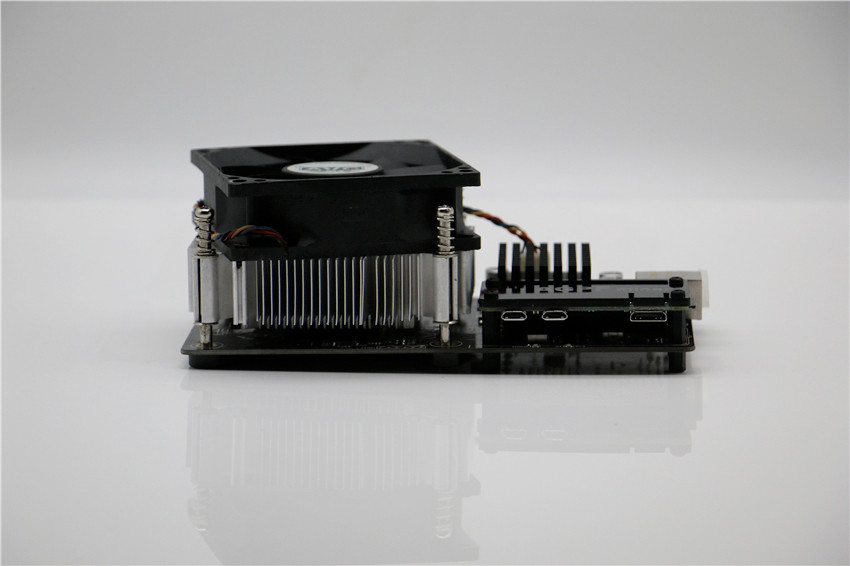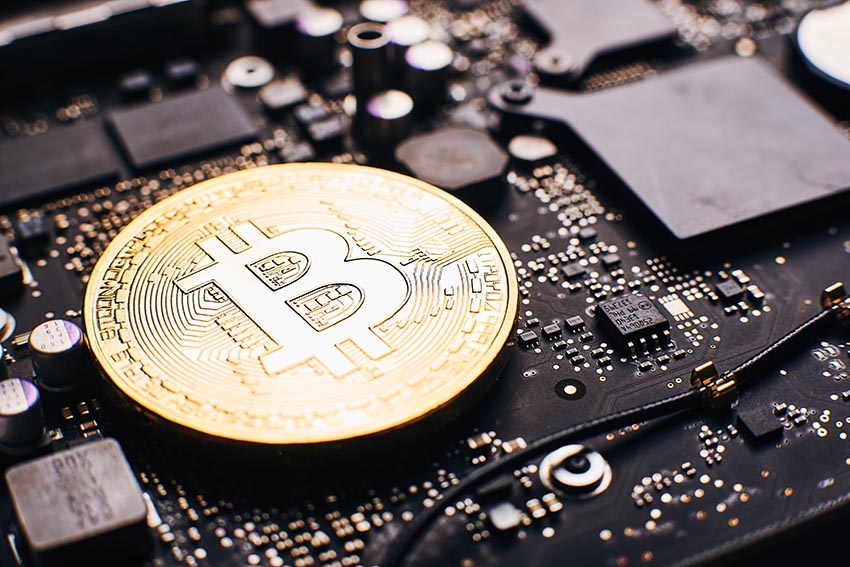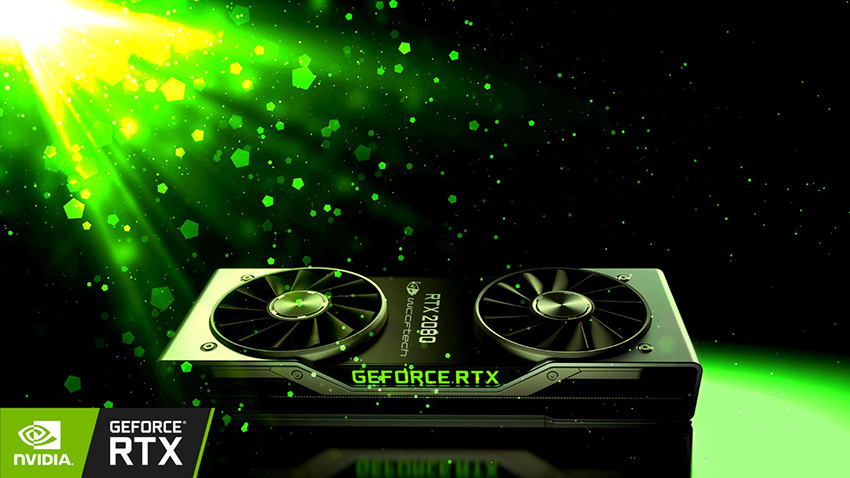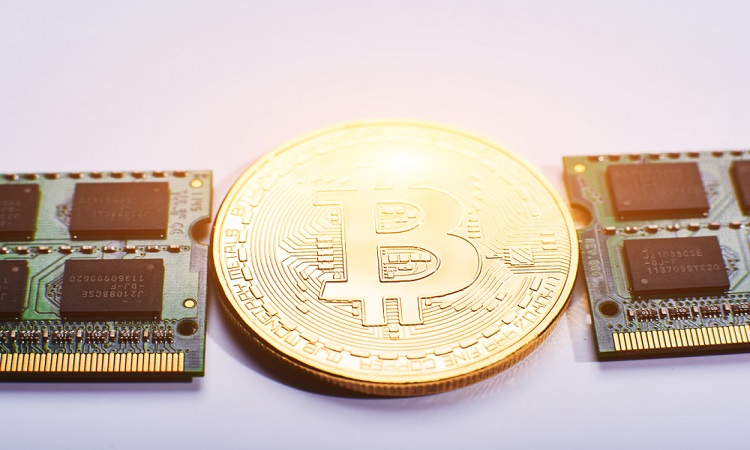On October 25th, the FPGA miner AGPF SK1 released a new edition of firmware for the miner. Mining workers with this wireless silent miner can update the system now.
Let’s talk about EOS’s parent company, Blockone, who spent US$24 million to reach a settlement with the SEC.
After reading relevant lawyer letters and overseas comments, we feel there may still be some doubts existing, for instance, should the EOS which had paid the fines still belong to “security”? What other cryptocurrencies also face the same “risks of being fined”? What’s the impact on the entire blockchain in the future?
Since the bitcoin is getting more and more popular, mining has become the key to the cryptocurrency ecosystem. The mining workers have been driving the transaction and verification for cryptocurrencies. Therefore, the mining industry has always dominated the expanding cryptocurrency world. For many people, the mining has even grown into a thriving business.
As mining costs and competitiveness become increasingly higher, the mining workers are trying to maximize their profits by means of tax deduction.
With the rapid rise of cryptocurrencies and the explosive growth, the political forces in many countries are reaching out to the emerging industry of cryptocurrency.
Since the second half of 2018, the 7nm chips have been mass-produced under the continuous promotion of chip manufacturing processes such as TSMC and other global chip companies.
Almost in the same period, the bitcoin miner with 7nm chip was launched on the market which immediately attracted great attentions due to its improved performance.
The performance of previous generation of miner with 16nm chips seems to be slightly backward in comparison. When facing the challenge of 7nm miner, the 16nm miner will encounter new challenges due to the soaring difficulty of mining resulted from the cheap electricity in the upcoming flood season.
In such a situation, will the 16nm miner be rejected? Does the 7nm miner have absolute advantages? With the technological advancement, will 2019 become the key node for the upgrading of bitcoin miners? All should be seriously considered by all the mining workers.
As honest mining workers, we may have heard of mining by means of Trojans, which may also become a headline. Then, let’s have a discussion here.
It’s been a decade since the creation of the genesis block on January 4th 2009.
During the decade, along with the ebbs and flows of bitcoin, the mining industry has gone through some ups and downs, and the landscape of the industry has kept changing. The name FriedCat and the term CPU mining have become obsolete with the replacement of Wu Jihan, Bitmain and ASIC mining.
In the course of mining development, there have been many thrilling stories. We’d like to look back and share some of its moments with our reader.
The NVIDIA GeForce RTX 20 Series was announced at Gamescom in Cologne, on 20 August, 2018. The RTX 20 series is based on the Turing microarchitecture, and features real-time ray tracing.
It is exciting news for both game players and cryptocurrency mining communities.
In the past, Ethash and Equihash based currencies claimed them to be ANTI-ASIC, based on the reason that these two algorithms have certain requirements regarding RAM. However, with the development of chip and mining hardware, ASIC ming hardware for different kinds of algorithms has become a reality.
In this article, we will show the difference of ASIC and GPU hardware by disassembling and analyzing Antminer E3 and Z9.
In the past few years, the industry of cryptocurrency hardware manufacturing has been developing rapidly. A large number of new manufacturers have been stepped into the field, such as GMO Group, Halong Mining, Ebang and so on. In addition, another new player, Innosilicon, is working with Samsung’s semiconductor substitutes factory. Innosilicon launched the Terminator 2 Turbo miner, which has a hashrate of 24TH/s.










